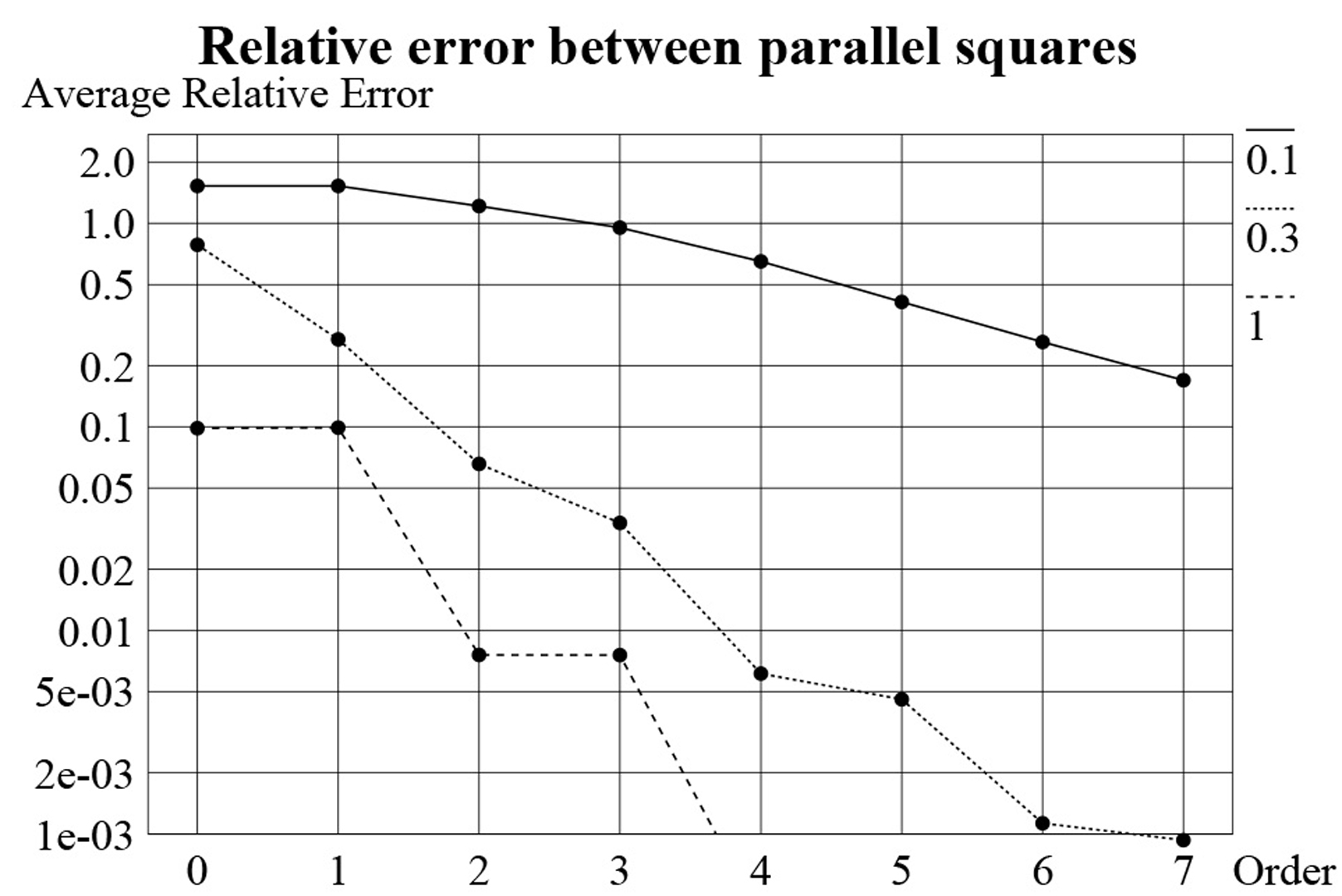“Galerkin radiosity: a higher order solution method for global illumination” by Zatz
Conference:
Type(s):
Title:
- Galerkin radiosity: a higher order solution method for global illumination
Presenter(s)/Author(s):
Abstract:
This paper presents an alternative radiosity formulation using piecewise
smooth radiance functions that incorporates curved surfaces directly. Using the Galerkin integral equation technique as a mathematical foundation,
surface radiance functions are approximated by polynomials. This model
eliminates the need for a posteriori rendering interpolation, and allows the
direct use of non-planar parametric surfaces. Convergence problems due to
singularities in the radiosity kernel are analyzed and rectified, and sources
of approximation error are examined. The incorporation of a shadow masking technique vastly reduces the need for meshing and associated storage
space—accurate radiosity calculations can often be made with no meshing.
The technique is demonstrated on traditional radiosity scenes, as well as
environments with untessellated curved surfaces
References:
1. Daniel Baum, Holly Rushmeier, and James Winget, “Improved Radiosity Solutions Through the Use of Analytically Determined Form- Factors”, Computer Graphics, 23(3), pp. 325-334, 1989.
2. A.T. Campbell, III and Donald Fussell, “Adaptive Mesh Generation for Global Diffuse Illumination”, Computer Graphics, 24(4), pp. 155-164, 1990.
3. Michael Cohen and Donald Greenberg, “The Hemi-Cube: A Radiosity Solution For Complex Environments”, Computer Graphics, 19(3), 1985, pp. 31-40.
4. Michael Cohen, Shenchang Chen, John Wallace, Donald Greenberg, “A Progressive Refinement Approach to Fast Radiosity Image Generation”, Computer Graphics, 22(4), 1988, pp. 75-84.
5. Philip Davis, Interpolation and Approximation Blaisdell, New York, 1963.
6. L.M. Delves and J. L. Mohamed, Computational Methods for Integral Equations, Cambridge University Press, New York, 1985.
7. Cindy Goral, Kenneth Torrance, Donald Greenberg, and Bennett Battaile, “Modeling the Interaction of Light Between Diffuse Surfaces”, Computer Graphics, 18(3), July 1984, pp. 213-222.
8. I. S. Gradshteyn and I. M. Ryzhik, Table of Integrals, Series, and Products, 4th edition, Academic Press, Inc., New York, 1965.
9. Pat Hanrahan, David Salzman, and Larry Aupperle, “A Rapid Hierarchical Radiosity Algorithm”, Computer Graphics, 25(4), pp. 197-206, 1991.
10. Paul Heckbert, Simulating Global Illumination Using Adaptive Meshing, Report No. UCB/CSD 91/636, University of California, Berkeley, 1991.
11. Paul Heckbert and James Winget, Finite Element Methods for Global Illumination, Report No. UCB/CSD 91/643, University of California, Berkeley, 1991.
12. Paul Heckbert, “Discontinuity Meshing for Radiosity”, Third Eurographics Worshop on Rendering Bristol, UK, May 1992.
13. Dani Lischinski, Filippo Tampieri, and Donald Greenberg, “Discontinuity Meshing for Accurate Radiosity”, IEEE CG&A, 12(6), Nov. 1992.
14. Nelson Max and Michael Allison, “Linear Radiosity Approximations using Vertex-to-Vertex Form Factors”, Graphics Gems III, Academic Press, 1992, p. 319
15. Tomoyuki Nishita and Eihachiro Nakamae, “Continuous Tone Representation of Three-Dimensional Objects Taking Account of Shadows and Interreflection”, Computer Graphics, 19(3), 1985, pp. 23-30.
16. Starbase Radiosity and Ray Tracing Programmer’s Manual Hewlett Packard Co., USA, 1990.
17. J. Stoer and R. Bulirsch, Introduction to Numerical Analysis Springer- Verlag, New York, 1980.
18. E.M. Sparrow, “Application of Variational Methods to Radiation Heat- Transfer Calculations”, Journal of Heat Transfer, November 1960, pp. 375-380.
19. E.M. Sparrow and R. D. Cess, Radiation Heat Transfer–Augmented Edition, Hemisphere Publishing Corp., Washington, 1978.
20. Filippo Tampieri and Dani Lischinski, “The Constant Radiosity Assumption Syndrome”, in the Proceedings of the Second Eurographics Workshop on Rendering, Barcelona, 1991.
21. John Wallace, Kells Elmquist, Eric Haines, “A Ray Tracing Algorithm for Progressive Radiosity”, Computer Graphics, 23(3), 1989, pp. 315- 324.
22. Harold Zatz, Galerkin Radiosity: A Higher Order Solution Method for Global Illumination, Master’s Thesis, Cornell University, Ithaca, New York, 1992.




